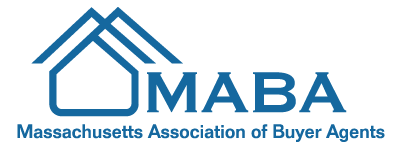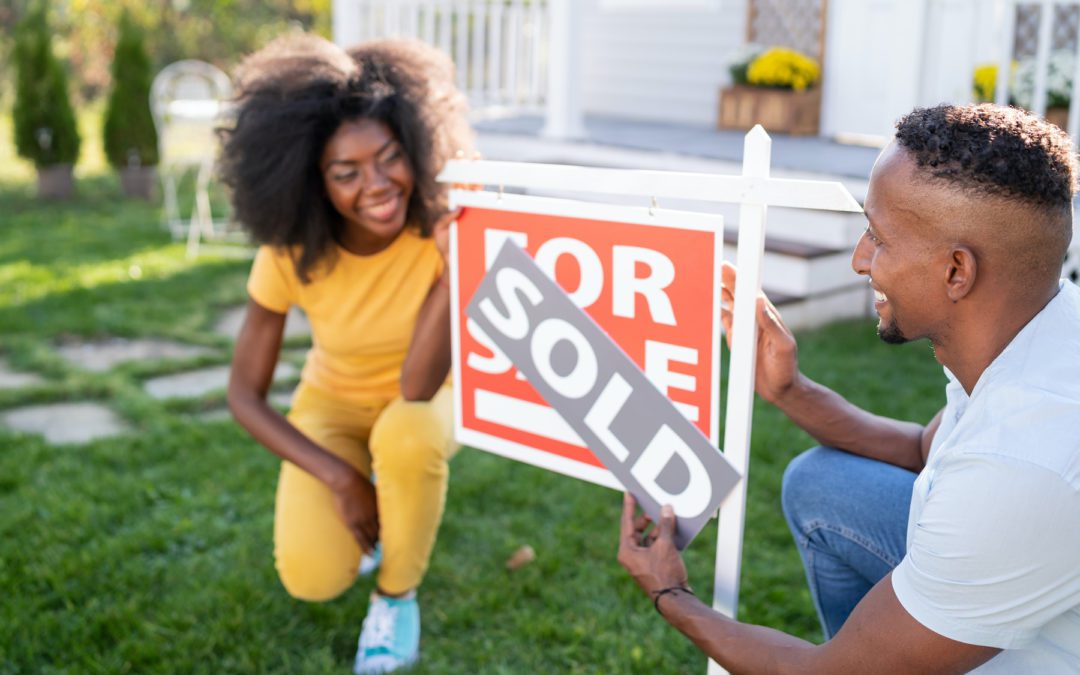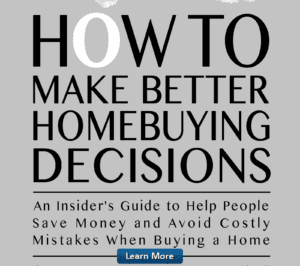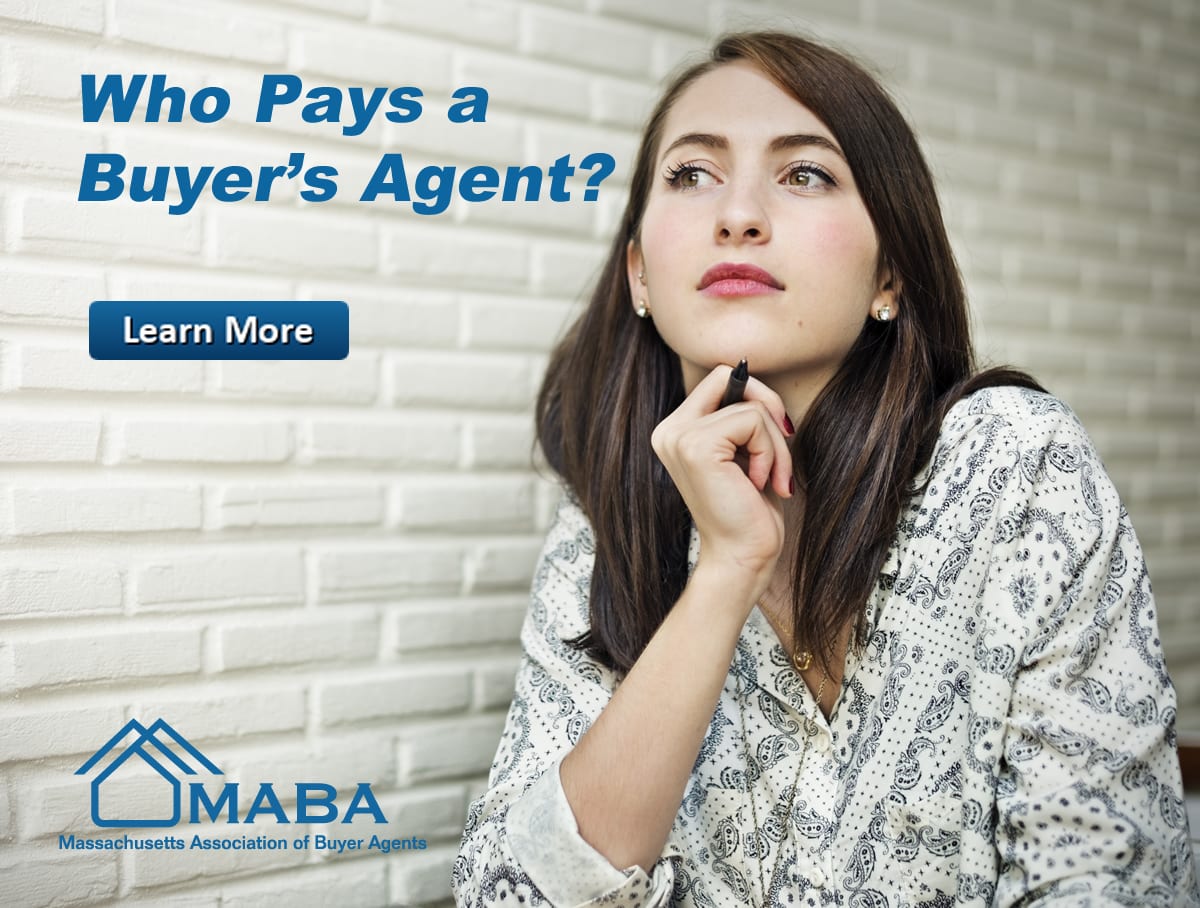Micromortgage? The Loan That Can Help You Buy a Home With Bad Credit and No Down Payment: Massachusetts Homebuyers Homeownership
For many hopeful first-time home buyers, the barriers to purchasing a house are high. If you’re a potential home buyer and you qualify for a conventional loan, you still need thousands of dollars in cash for a down payment, closing costs, and other expenses. If you have only limited credit, you may not qualify for a mortgage at all. In both cases, you may end up renting when you would rather build wealth by purchasing a home.
But a new micromortgage pilot program is creating a path to homeownership that eliminates many of these hurdles. A micromortgage is a loan for $100,000 or less, and homes at this price point are still abundant in some markets including Louisville, KY, and southern Indiana, where the program is getting started. The aim of the micromortgage program is to make homeownership more attainable and to begin to close the racial gap in homeownership. “Renting similar homes is literally hundreds of dollars more per month” than buying, says Gabe del Rio, president and CEO of the Homeownership Council of America.
“We see it happening to young folks and communities of color,” says del Rio. “This is an opportunity to build wealth you can’t buy $100,000 in stocks for $3,000 down. But you can buy a home worth that for a few thousand dollars out of pocket.” Wondering if a micromortgage is right for you? Read on to learn about who qualifies, and how micromortgages differ from other types of loans.
What exactly is a micromortgage?
A micromortgage is a home loan for less than $100,000 says Laura Meadows, executive vice president of lending at Fahe, a regional lender based in Kentucky that offers micromortgages. Unlike conventional or FHA loans, micromortgages are 100 percent financed, which means there’s no down payment required.
The micromortgage program specifically focuses on small-dollar mortgages because many traditional lenders prioritize larger loans, del Rio says. “Loan officers are paid by a percentage of the loan amount, and it’s the same amount of work to do a $300,000 loan as it is to do a $70,000 loan,” he says. “The professionals that hold the gate to this business don’t have a big incentive, frankly, to do that work.”
Do micromortgages require a down payment?
Unlike with FHA or conventional loans, you can take out a micromortgage with zero money down. “We’re offering 100 percent financing, which you typically only find if you’re dealing with a USDA loan,” Meadows says. But USDA loans are available only to buyers in rural areas, which doesn’t help buyers in urban markets. Micromortgages are the only fully financed loans available in urban areas, Meadows says.
What are some other advantages of a micromortgage?
Micromortgages don’t tack on extra fees for mortgage insurance, which home buyers are required to pay on FHA loans and some conventional loans. This saves buyers money on their monthly mortgage payments.
The micromortgage program also allows buyers to use automated valuation models, or AVMs, in lieu of home appraisals to determine the value of their property. This saves the borrower time and money: Rather than spending $450 or $500 on an appraisal, home buyers spend only $20 or $30 on an AVM, del Rio says.
What if I don’t have any credit history or my credit score is low?
You can still qualify for a micromortgage with “alternative credit” if your credit score is below 640 or if you don’t have any credit history at all. “Alternative credit could be rental history, utility history, basically any kind of monthly installment payment that you make over 12 months or more,” Meadows says. This puts a mortgage within reach of buyers who might not qualify for other types of loans.
How do interest rates compare with other types of loans?
The interest rate on a micromortgage will be slightly higher than conventional loans, Meadows says. As of mid-January, the micromortgage rate was 3.99%, compared with the national average of 2.79 percent. But “when you consider the advantages and the additional credit risk we’re allowing for, that program is still very affordable,” Meadows says. For some buyers, it’s worth paying slightly more in interest to save money on mortgage insurance, down payments, and fees.
Are there any extra requirements to qualify for a micromortgage?
Buyers must complete a home-buyer education course before they close on their home. This can be an in person or virtual course that covers everything you need to know about working with real estate agents, lenders, and more. “It really arms the consumer, so they’re in control,” del Rio says.
The class costs about $100 and is completed at the buyer’s expense, del Rio says. After you complete the course, you’ll receive a completion certificate that can also help you qualify for down payment assistance or other affordable home loans. The class “is not unique to micromortgage it’s a standard in the industry for first time home buyer programs,” del Rio says.
Where can I get a micromortgage?
Right now, the pilot program is available only through Fahe for buyers in Jefferson County in Kentucky and Floyd and Clark counties in Indiana. Eventually, the Homeownership Council of America hopes to extend the program to other markets around the country where houses under $100,000 are still widely available.
“The plan is to evaluate this pilot over the next year, but we are making a pathway for other interested lenders to enter the micromortgage marketplace,” del Rio says. The council is currently in talks with lenders in Memphis, TN, about starting a micromortgage program there.
The post What Is a Micromortgage? The Loan That Can Help You Buy a Home With Bad Credit and No Down Payment appeared first on Real Estate News & Insights | realtor.com®.
Article From: "Lauren Sieben" Read full article
Get Started with MABA
For no extra cost, let a MABA buyer agent protect your interests








